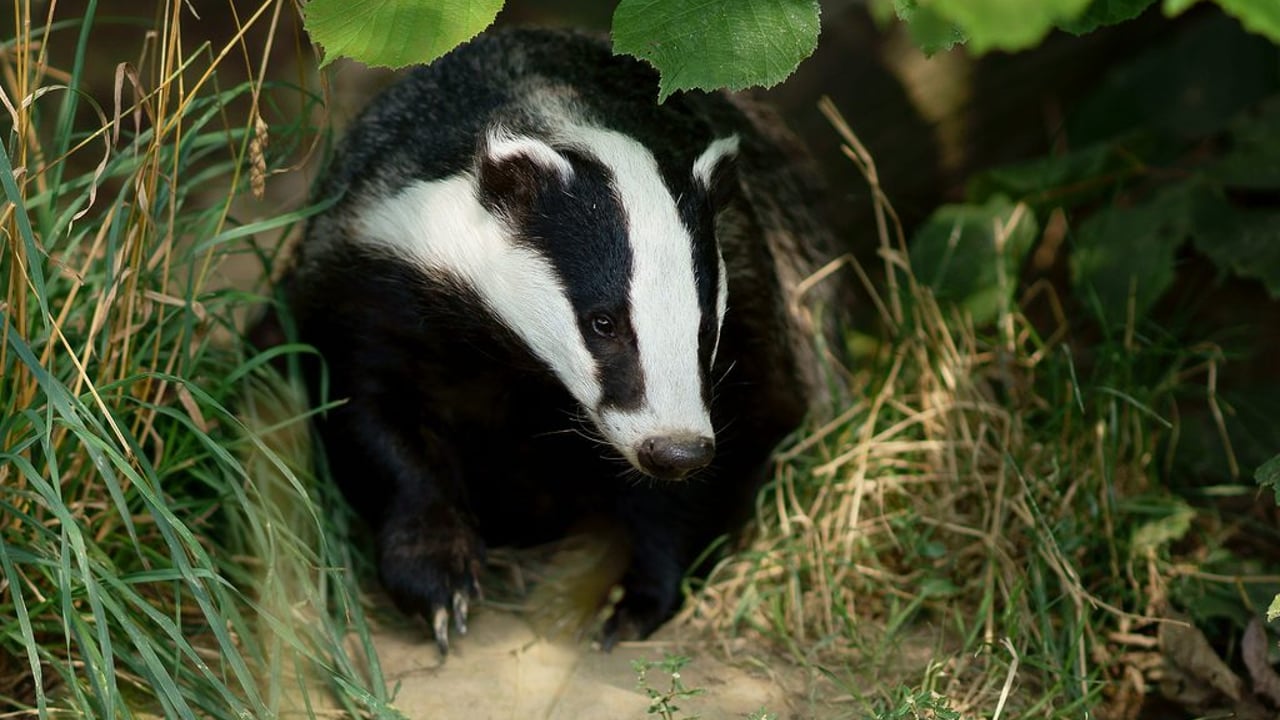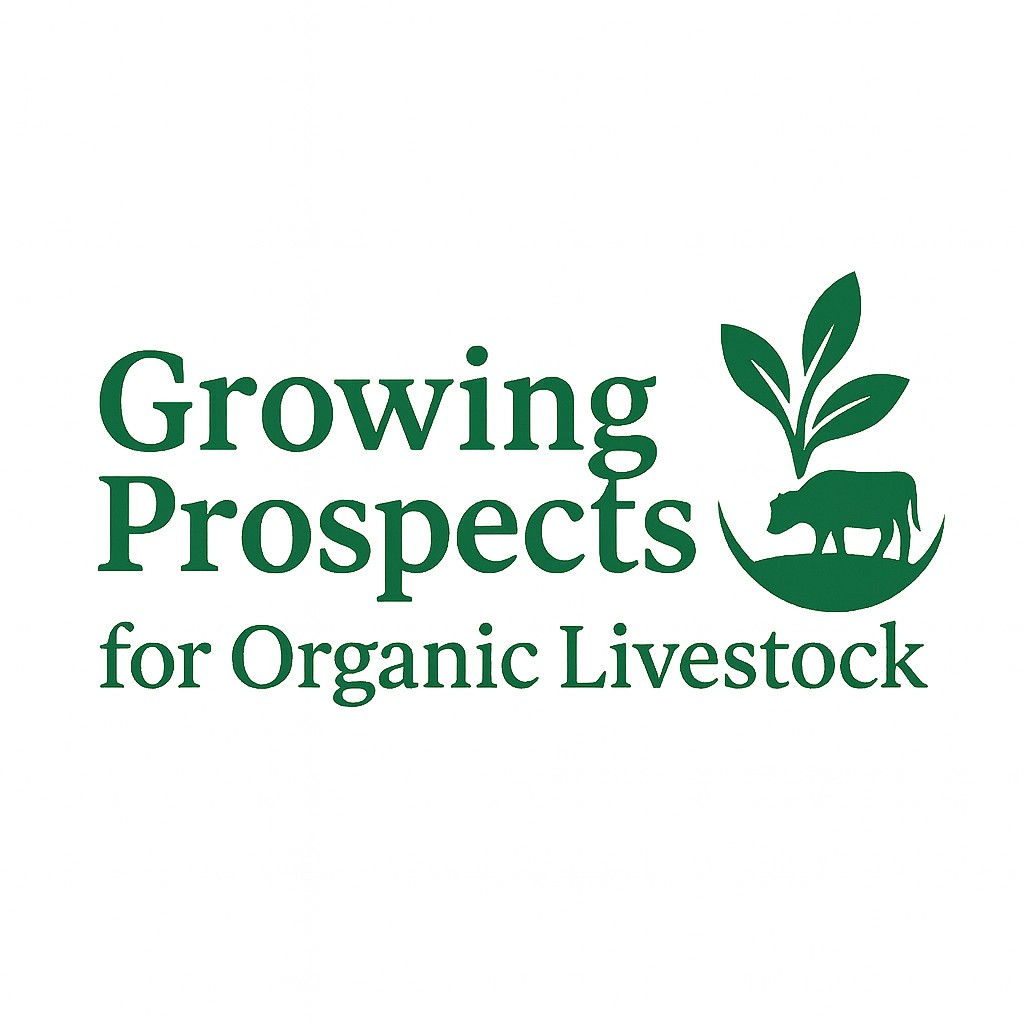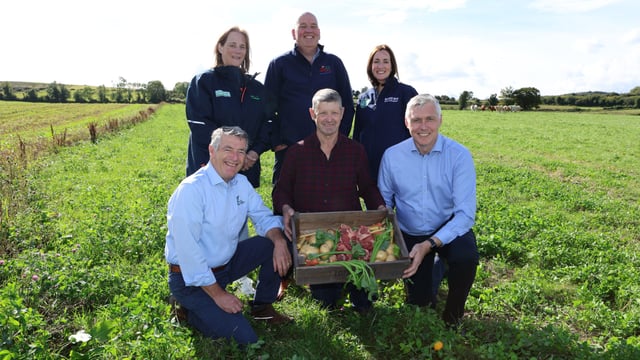Chair of TB eradication partnership re-affirms need for badger cull
The chair of the Bovine Tuberculosis Eradication Partnership (TBEP), Sean Hogan, has re-affirmed the need for a badger cull in Northern Ireland.
According to Hogan, neither the TBEP nor the Department of Agriculture, Environment and Rural Development (DAERA) view the badger as the enemy.
But he also acknowledged recent public debate in Northern Ireland in relation to a wildlife intervention as part of DAERA's strategy to eradicate bovine tuberculosis (bTB).
Hogan said: “Our aim now and always has been the delivery of a healthy badger and bovine population.
The TBEP representative went on to point out that bTB has been a scourge in the lives of beef and dairy farmers and their families for longer that most people care to remember.
With a £50 million annual cost to the public purse, not including the many millions of pounds of on-farm costs and losses, Hogan believes that a concentrated effort must now be made eradicate the disease.
Hogan said that in making recommendations to DAERA, the partnership has always followed proven science and that no eradication strategy will be effective without a proactive wildlife intervention component to it.
“Our view is that such an intervention, provided it is applied efficiently and targeted appropriately, is the most likely process to lead to the speediest resolution of bTB in badgers," Hogan continued.
Experience in other countries, according to Hogan, has shown that bTB eradication will only be achieved through an integrated approach.
“This means addressing all the factors that meaningfully contribute to the persistence and spread of bTB in infected animal populations," he said.
“In determining our recommendations, we have taken into consideration wildlife intervention research and programmes in GB, the Republic of Ireland and New Zealand, all of whom have been fighting this infection with varying degrees of achievement and with the same toolbox that we have."
Hogan acknowledged that other countries have been more successful than NI in their TB eradication approaches and has questioned why it has not been as successful in the north.
“There is incontrovertible evidence that shows this infection to be bi-directional in nature," he stated.
“Infection rates in the badger population are at least 17%. The cattle infection rate is under 1% with herd incidence now over 10%.
"At a time of severe and increasing pressures on departmental budgets, I am reminded of being part of a strategic launch in Stormont in December 2016 when we hoped we could at last see the beginning of the end of bTB in Northern Ireland.
“Sadly, here we are in January 2023, having spent a further £300 million and still the argument rages over what to do about it.”





